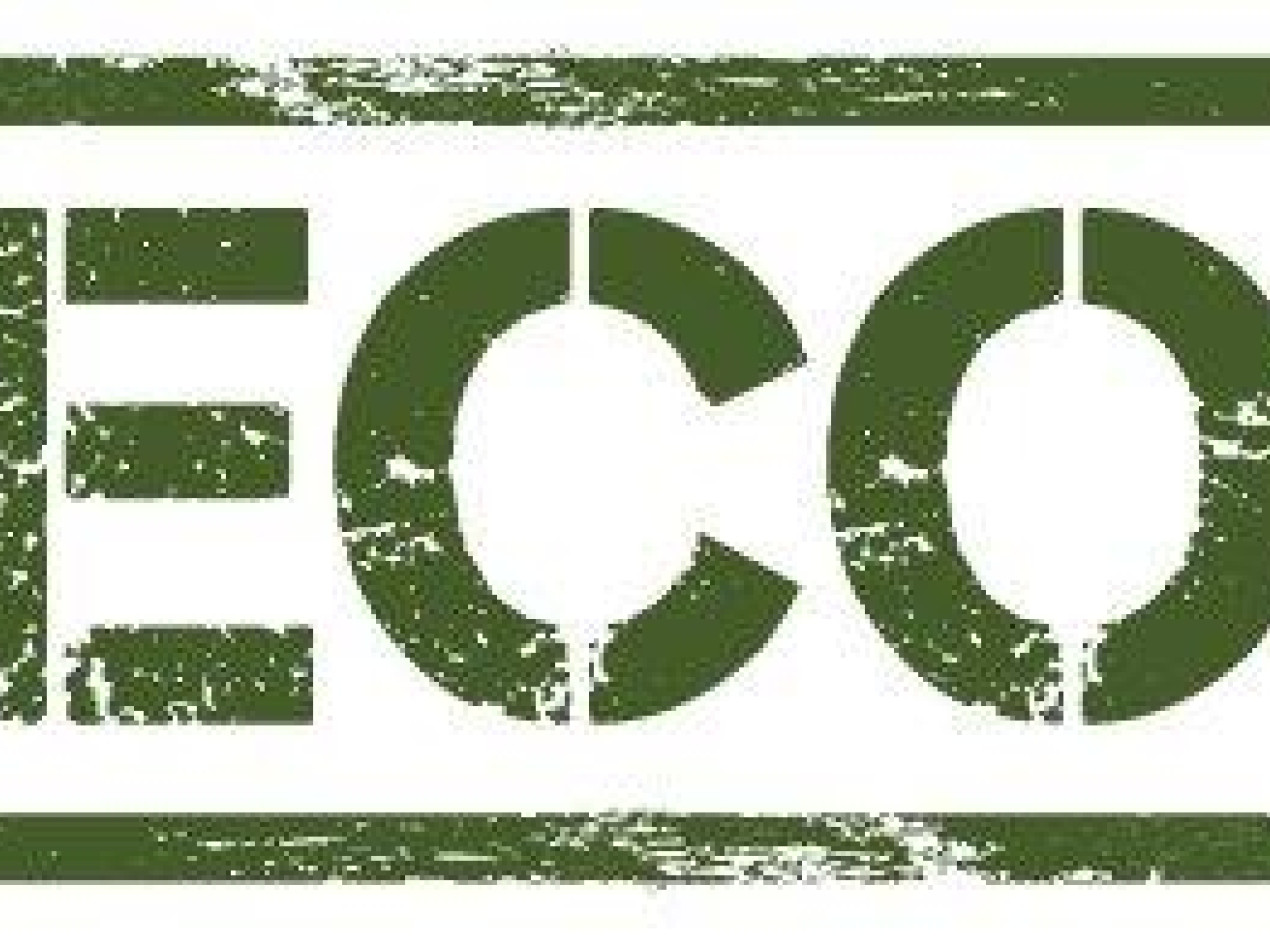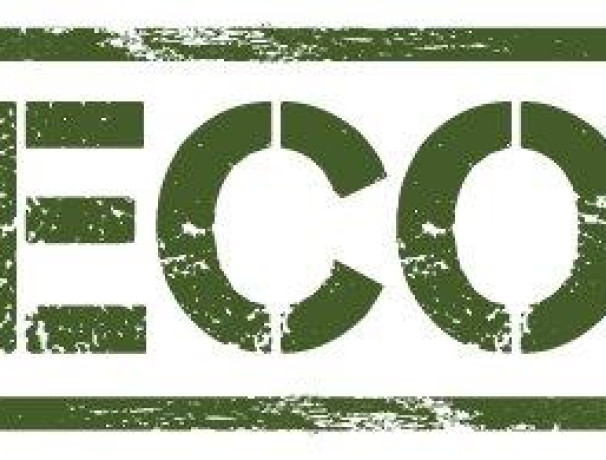Experience-Seeds-Knowledge-Plant Discoveries-Ecological Enrichment-Join Now Click Here!



.jpg)
Fruit Wood Selection, Vigorous Rootstock, Strong Central Leader Shade Tree
The Opposite of All Crabapples In Existence Today
Timber apple trees are selected apple seedlings known for their upright and straight growth habit. This non-apple looking tree is the result of finding seedlings with both strong central leader growth habit as well as fast growth creating a large trunk early on in the apple trees life. Trees show high vigor and low yield of small bright red or yellow crabapples. The low yield of apples combined with the extreme vigor make the trees kind of oak like in appearance; the opposite of what most apple trees look like today. A number of trees have been selected and moved out to my plantings and a few were left in place surrounded by other seedling apples. The trees structure is not related entirely to pruning instead showing a strong genetic propensity for central leader growth, good caliper and few side branches It is likely over time the trees will produce more fruit as they get larger. It shows the possibility of finding vigorous apple trees for longer lived rootstocks with strong growth habit, deep rooted trees as well as moving the apple tree back to a forest type setting again. And of course lumber and wood production. Timber apples have a competitive advantage.
Seedlings could be developed further for faster growth rate in a more concentrated orchard setting. Clones could be taken from these same trees to further establish and keep these unique characteristics even if it is bred with more culinary apples.
Scions are available upon request with the purchase of the seeds. For scions, pick one cultivar that you would prefer.
These selections were discovered in a grow out of about 3000 seedlings of cultivated apples found near some high rise apartments in Kalamazoo, Michigan. We planted those seeds out and 30 years later the best of those seedlings were labeled as the 'apples that look like oak trees." In the process of selling the trees for various uses I noticed a few that had clean foliage and very strong central leader growth habit as well as naturally having limited side branching. Most of these trees took twenty years before they started fruiting. The fruits are small from 1/2 to 1 inch in size. I began limbing them up past the nearby seedlings which were more or less twiggy and more typical of seedling apples. I named six varieties from these 3000 trees only because of their unique properties as the lumber tree of apples. Each tree is slightly different in its growth habit and a couple of them are more columnar but not to the point of being highly fastigiated.
"Timber One" Selected as one of the best strongest upright trees with wide branching. Small red astringent fruit. Not a heavy producer of crabapples but the tree is vigorous because of the smaller load of fruit. Compared to the nearby apples it is three times the height of them. Not a fastigiate selection, "Oak-Like" is the strongest growing type found.
"Timber Two" Similar to one but with yellow fruit. Strong growing with central leader. Fast growing wide branching selection. The opposite of all crabapples.
"Timber Three" Has the most fastigiate of the group with super strong central trunk. Has not fruited after 25 years. Dense head of clean foliage in an area of high humidity and late frosts. Very clean trunk.
"Timber Four" Vigorous tall tree from the original batch with strong no branching trunk until 15 feet. Red, non-astringent fruit that is not tart.
"Timber Five" The most vigorous form which was cut down accidently when it was a few years old and regrew very quickly reaching 40 ft. easily. Red fruit.
"Timber Six" A bit more fastigiate selection with so far little or no fruit production. Super clean and strong growth with a central leader and strong upright growth. Develops a strong trunk with little branching with minimal pruning.
Seed in 2024 came from Timber One. Two and Four. All trees are near each other in terms of pollination. All six selections are made for their form and not so much for fruit production. These are timber trees the same as walnut or persimmon with vigorous growth and great form unlike any apple available today. Truly it is the opposite day for the apple tree.
To germinate the seed: Like other apples, store in a moist media in a zip lock bag in your fridge for 90-120 days. Seeds will begin sprouting after 60-90 days. Plant in a pot covering the seed lightly by 1/8 inch of soil. Careful about damp off so be careful not to over water to prevent phytophora.
| Plant Specs | |
| Genus & Species | Malus x domestica ....yellow and red fruited types x purpurea mixed |
| Seed Source | Michigan..Specific seedling trees with timber like growth at my farm. |
| Hardiness | -25F or more |
| Height (ft) | 40-60 ft. Trees are more upright growth habit with long branches. |
| Pollination Requirements | Self fertile. Would be ideal to have these trees close to each other to improve the traits of fast growth in future seedling strains. |
| Soil | Sandy to sandy loam |
| Climate | Zones 3-8. Anywhere an apple can grow. |
| Ease of Cultivation | Super easy to get a strong five foot tree in one year. To grow a good apple means selecting for fast growth and clean leaf health free of all foliar diseases even in the bad years of high humidity. But even in the bad years the growth rate will be minimally affected. To do this, keep the best most vigorous seedlings with the cleanest foliage health. Select for non-branching or low branching individual plants in the progeny. |
Related Plants
Ranetka Crabapple Seeds-Rotunda
Ranetka is a Malus baccata –Manchurian apple cross which can tolerate extreme cold and short s..
$140.00
Timber Pear Seeds
Currently unavailable: Selected Hybrid Pear Varieties and Seedlings known for their strong upright s..
$0.00


